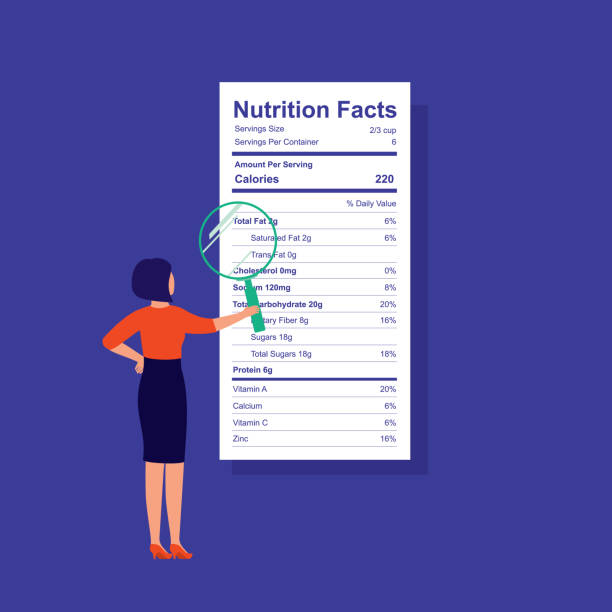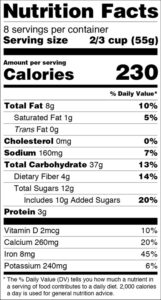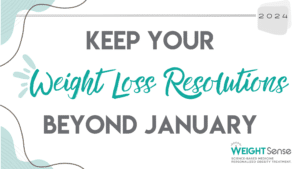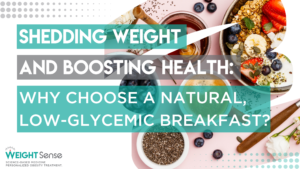Food labels give you all sorts of information about a product—the name of the food, total amount in the package, nutrition facts for standard serving size, manufacturer, freshness date, preparation suggestions, ingredients, and nutrition information.
Understanding food labels can help your personal dietary needs—choose foods that contain more of the nutrients you want to get more of and less of nutrients you may want to limit.
More often, choose foods that are:
- Higher in dietary fiber, vitamin D, calcium, iron, and potassium.
- Lower in saturated fat, sodium, and added sugars.
The ingredient list on a package can help you determine if a particular food is a healthful choice since ingredients are listed from most to least by weight. For example, if oils or butter are near the beginning of the list, the product is probably high in fat.
If you read the label and you see unrecognizable names, it often indicates the item is highly processed. Usually, the fewer ingredients a label has, the less processed the food and the higher the nutrient density.
For specific nutrition information, however, you need to look at the Nutrition Facts panel.
What’s on a Nutrition Facts Panel?
A Nutrition Facts panel gives specific nutrient and calorie information for a particular food.
Here’s a description of some of the features on a Nutrition Facts panel:
Serving Size
Serving size is based on a “typical” portion people eat as determined from the federal dietary intake surveys. This may be different than the amount you actually eat. The nutrients and calories on the Nutrition Facts panel are based on one serving size. Since the serving size on a label is the same for similar foods, it makes it easier for you to compare one food to another.
Calories
This is based on the number of calories in one serving. The calories from fat are also listed.
% Daily Value
These percentages tell you how the nutrients in one serving of the food fit into a 2,000-calorie diet. Use the Daily Values (DV) to see if the food has a little or a lot of a nutrient and to compare the nutritional value of different foods.
* Percent Daily Values are based on a 2,000 calorie diet. Your daily values may be higher or lower depending on your calorie needs.
Nutrients Listed
Only some nutrients must be listed on the Nutrition Facts panel—the ones that are considered most important to your health. Other nutrients may be listed voluntarily. Over the course of the day, the goal is to not get more than 100 percent of the Daily Value for total fat, saturated fat, cholesterol, and sodium. For fiber, vitamins A and C, calcium, and iron, the goal is to get at least 100 percent of the Daily Value each day.





